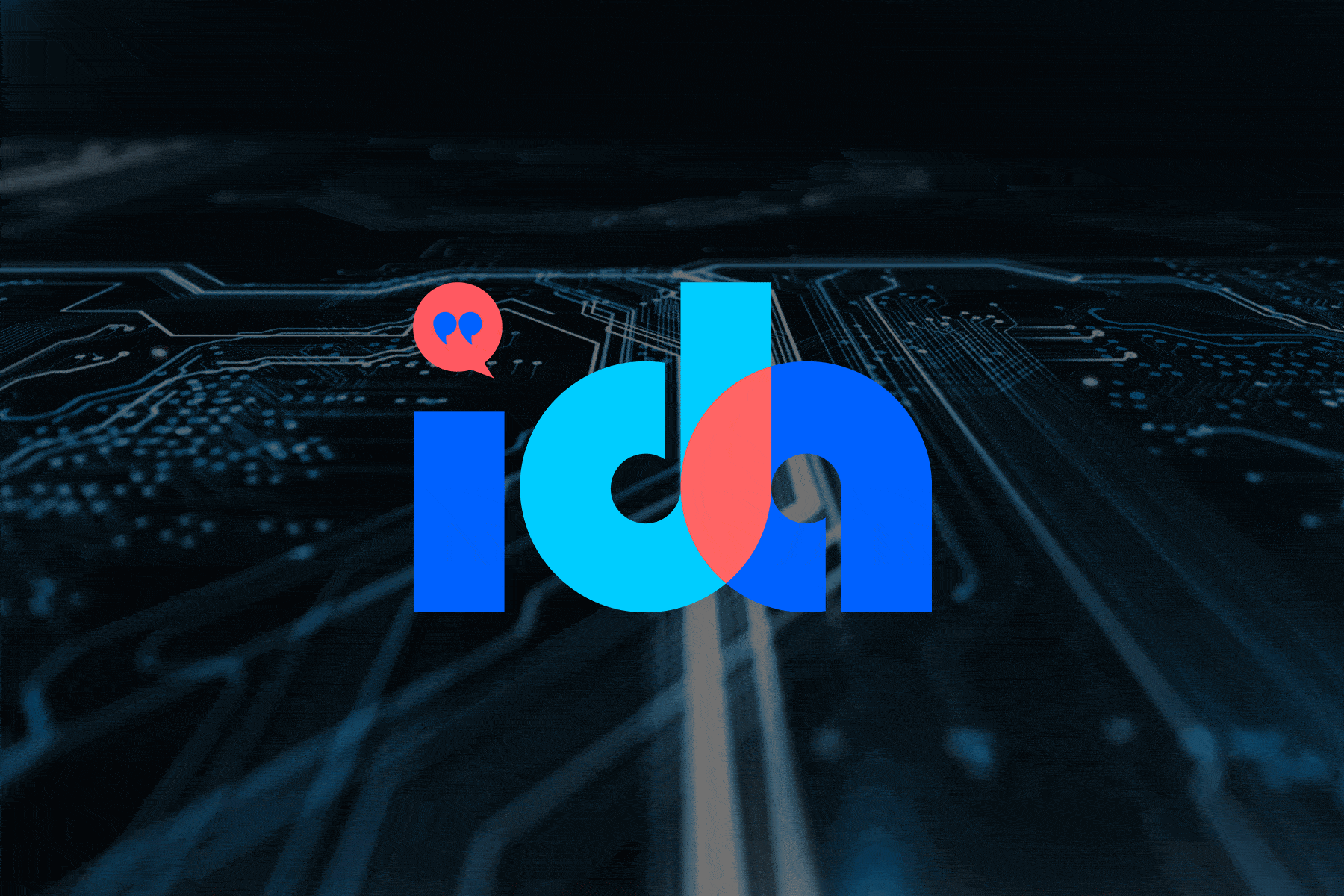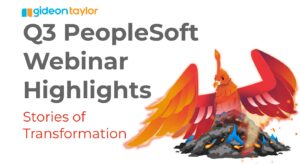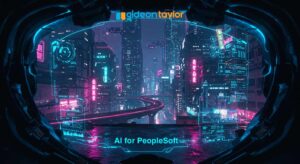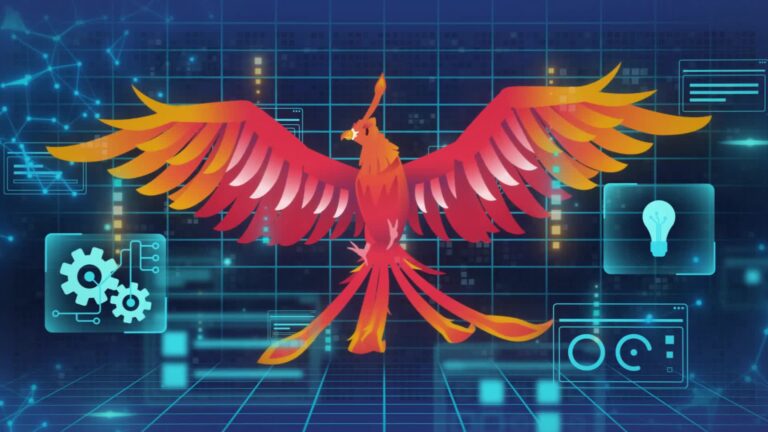Once upon a time, in a large organization not so different from yours, there lived a professional named Goldilocks. Every morning, she opened her laptop, took a deep breath, and faced the same frustrating reality: navigating PeopleSoft to do her job.
Goldilocks wasn’t asking for much. She just wanted to submit an expense report without clicking through seventeen menu layers. She wanted to approve her team’s timesheets from her phone during her commute. She wanted new employees to learn the system without three months of training and constant supervisor hand-holding.
But despite PeopleSoft’s powerful capabilities, the organization’s implementation felt stuck in time. They were still using predominantly Classic interfaces even though Oracle had delivered modern Fluid UI components. The mixed experience—some modern Fluid pages alongside unconverted Classic pages—created confusion. Mobile access was limited because they hadn’t prioritized responsive design in their implementation strategy.
Goldilocks knew something had to change. So she set out into the forest of enterprise software solutions to find the answer.
Too Cold: Living with PeopleSoft As-Is
The first option Goldilocks encountered was simply accepting the status quo. “Maybe everyone else has figured this out,” she thought. “Maybe I’m the problem.”
But the numbers told a different story. Her organization’s help desk received dozens of PeopleSoft navigation questions every week—simple “how do I find…” queries that consumed IT resources. New hires took 3-6 months to become proficient, with training costs averaging $2,400 per user. Supervisors spent hours helping employees with routine tasks instead of focusing on strategic work.
The mobile situation suffered from their implementation choices. With 60% of web traffic now coming from mobile devices, employees expected to handle tasks from their phones. But the organization was still running primarily Classic pages rather than Oracle’s mobile-responsive Fluid UI. Even where Fluid pages existed, they hadn’t optimized workflows for mobile use cases, creating a subpar experience that was technically responsive but practically limited.
This porridge was too cold. Their outdated PeopleSoft implementation was freezing productivity, frustrating users, and making it harder to attract younger talent who expected the modern experiences that PeopleSoft’s Fluid UI could deliver—if properly implemented.
Worse yet, the problem was compounding. Every new Oracle update brought more Fluid pages, but the mixed Classic/Fluid experience created even more confusion. Users never knew which interface they’d encounter, and training materials became obsolete overnight. The organization was investing in PeopleSoft but getting diminishing returns on user adoption and satisfaction.
“There has to be a better way,” Goldilocks said, venturing deeper into the forest.
Too Hot: Full Migration to Fusion, Workday, or SAP
The second option Goldilocks found was migration. “Let’s just replace PeopleSoft entirely,” the voices said. “Move to Oracle Fusion Cloud. Or Workday. Or SAP SuccessFactors. They have modern user experiences built in.”
The pitch sounded compelling. Cloud-native platforms with AI, mobile-first design, and regular feature updates. No more waiting for Oracle to convert pages to Fluid. No more maintaining on-premise infrastructure.
But as Goldilocks dug into the details, the reality became sobering:
The cost was staggering. Typical migrations ranged from $500,000 to several million dollars for mid-sized organizations, with enterprise implementations easily exceeding $10 million. And those were just the upfront costs—ongoing subscription fees, maintenance, and the inevitable customizations added up year after year.
The timeline was lengthy. Most ERP migrations take 18-24 months, with some stretching to three years or more. During that time, the organization would be managing change, training users, and dealing with the inevitable disruptions of a major system replacement.
The failure rate was alarming. Studies consistently show that 70% of ERP implementations fail to meet their business case goals. High-profile disasters like Birmingham City Council’s Oracle implementation—which ballooned from £19 million ($48 million) to £90 million ($114 million) and ultimately contributed to the council declaring bankruptcy in September 2023—served as cautionary tales.
The disruption was total. Migration meant reimplementing every business process, losing institutional knowledge embedded in PeopleSoft customizations, retraining every single user on completely new systems, and hoping nothing critical broke during the transition.
And perhaps most importantly: migration didn’t guarantee a better user experience. Yes, the interfaces would be more modern, but users would still face a learning curve, IT would still field support tickets, and the organization would have simply traded one set of challenges for another.
This porridge was too hot. The migration cure was potentially worse than the disease—more expensive, riskier, and more disruptive than the PeopleSoft usability problems it was meant to solve.
“There must be something in between,” Goldilocks thought, refusing to settle for these extreme options.
Just Right: GT UX for PeopleSoft
Then Goldilocks discovered the third option, the one that felt just right: GT UX for PeopleSoft.
Unlike accepting poor usability or undertaking risky migration, GT UX offered a different path entirely—transform the PeopleSoft user experience without touching the core system.
Here’s what made it just right:
Modern UX Without Migration Risk
GT UX is built 100% with Oracle’s PeopleTools framework, meaning it integrates seamlessly with PeopleSoft as a native-architecture solution rather than requiring external dependencies or middleware. This architecture delivers three critical benefits:
- Maintains Oracle Premier Support through 2036 and beyond
- Upgrades automatically when you upgrade PeopleSoft—no regression testing or reimplementation
- Creates zero technical debt because it uses only native capabilities
Instead of migrating away from PeopleSoft, organizations keep their investment, customizations, and institutional knowledge while delivering the modern experience users expect.
Rapid Implementation Timeline
While migrations take 18-24 months, GT UX implementations range from 4 weeks to 16 weeks depending on complexity. Organizations see results in weeks, not years:
- Essential tier (4 weeks): Leverage PeopleTools 8.62+ native features for immediate navigation improvements
- Professional tier (4-16 weeks): GT WebUX pre-built modules create unified Classic/Fluid navigation with mobile responsiveness
- Enterprise tier (12-30 weeks): Complete transformation including AI assistant integration and multi-system workflows
The speed matters because every week of poor user experience costs money in lost productivity, support tickets, and employee frustration.
Proven, Measurable Results
GT UX delivers quantifiable improvements that organizations can see immediately:
- 4 hours saved per user per week on average—when multiplied across thousands of users, that’s recovered productivity worth millions annually
- Significant reduction in support tickets as users can actually find what they need
- Mobile-responsive on any device so remote and mobile workers stay productive
- 5-10x ROI typical return, with 6-12 month payback periods
The University of California Office of the President implemented GT UX and empowered their content administrators to extend and enhance the solution independently, significantly reducing the time to deploy improvements to users.
As Susie Mendoza, Product Manager at UCOP, explained: “Staying vanilla is one of our guiding principles. Anytime we hear the word ‘customization’ everybody cringes because we know it’s going to require a lot of additional work for future upgrades.” GT UX delivered modern UX while maintaining their vanilla approach.
Fraction of Migration Cost
While migrations cost $500K to $10M+, GT UX implementations deliver transformation at a fraction of that investment. The cost avoidance alone often justifies the project:
- If your help desk handles 50 PeopleSoft tickets weekly at 30 minutes each, that’s 1,300 hours annually
- At $75/hour fully-loaded cost, you’re spending nearly $100K on support for user frustration
- Reducing tickets by even 50% recovers $50K annually—and that’s just one benefit
Organizations also save on training costs, reduce the time new employees need to become proficient, and free up IT resources for strategic initiatives rather than constant firefighting.
Strategic Optionality
Perhaps most importantly, GT UX doesn’t lock you into any long-term path. Whether you stay on PeopleSoft indefinitely, migrate to Oracle Cloud Infrastructure, or eventually move to a SaaS platform, improving today’s user experience delivers immediate value.
Migration may still be in your future—but why keep 20,000 users frustrated for three years during a migration project when you could transform their experience in weeks?
The Just Right Decision
Goldilocks smiled. She’d found her answer.
Too cold meant accepting poor usability, frustrated users, and mounting costs. Too hot meant expensive, risky migration with no guarantee of success. But just right—GT UX—delivered modern user experience without the risk, cost, or disruption of migration.
Back at her organization, Goldilocks shared what she’d learned. Within weeks, they implemented GT UX Professional tier. The unified navigation across Classic and Fluid pages eliminated confusion. Mobile responsiveness meant employees could work from anywhere. Role-based personalization ensured users saw only relevant functions.
Support tickets dropped. Training time decreased. Employee satisfaction increased. And the organization kept its PeopleSoft investment, Oracle support, and institutional knowledge intact.
This porridge was just right.
Your Goldilocks Moment
If you’re facing the same choice Goldilocks encountered, you don’t have to settle for too cold or risk too hot. There’s a just right option that delivers modern PeopleSoft UX in weeks rather than years, at a fraction of migration cost and risk.
GT UX transforms PeopleSoft user experience using 100% PeopleTools-native architecture, maintaining Oracle support while delivering:
- Mobile-responsive access on any device
- Unified navigation across Classic and Fluid pages
- Role-based personalization for intuitive workflows
- Significant reduction in support tickets and training costs
- 4 hours saved per user per week on average
Ready to find your just right solution? Learn more about GT UX for PeopleSoft or contact our team to discuss your specific PeopleSoft user experience challenges.
Learn more about how organizations are leveraging AI to enhance PeopleSoft or explore our intelligent process automation solutions that complement modern UX improvements.
GT UX is a 100% PeopleTools-native solution from Gideon Taylor, a specialized Oracle/PeopleSoft consulting firm with over 20 years of experience serving higher education, public sector, and enterprise organizations. Unlike third-party portals or SaaS migrations, GT UX maintains Oracle Premier Support and upgrades automatically with your PeopleSoft environment.






